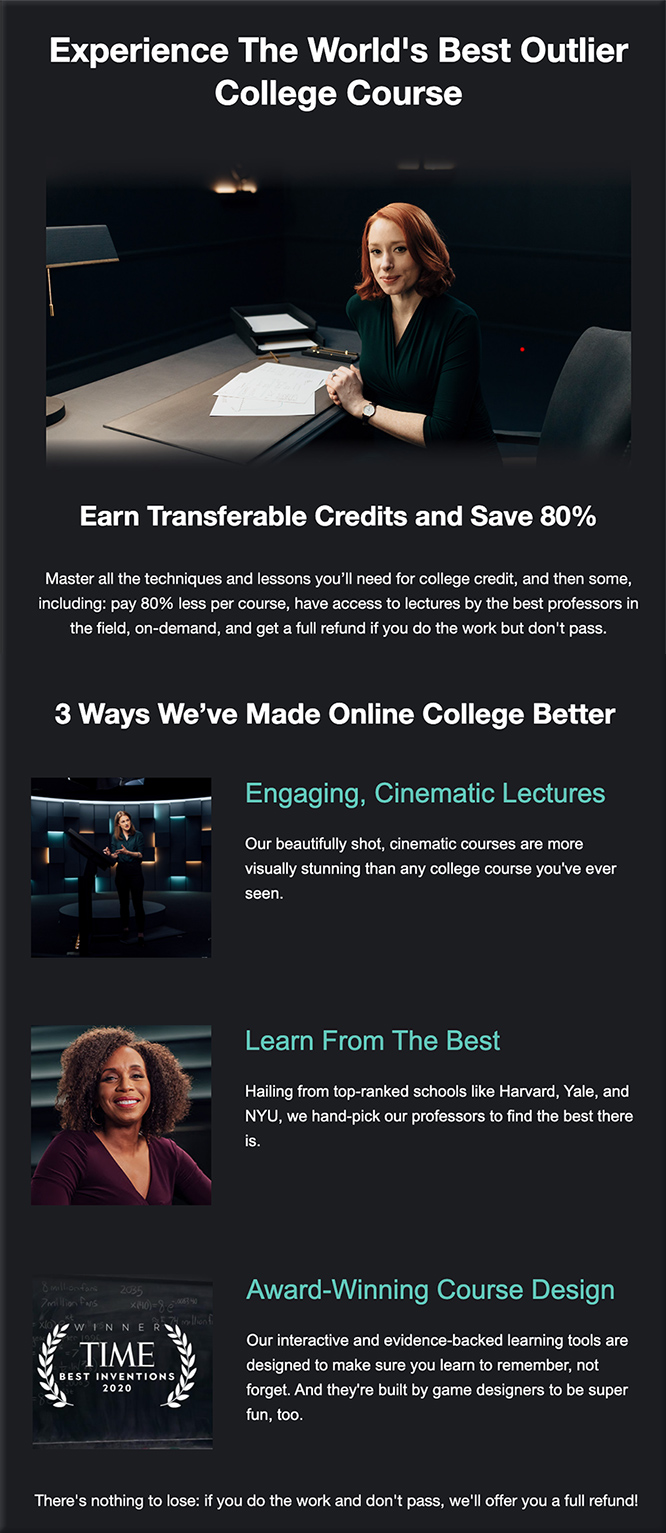How do colleges decide when to schedule courses? — from highereddive.com by Rick Seltzer
Dive Brief (excerpt):
- Two-thirds of colleges are thinking about the courses students will need to complete their degrees on time when they build their schedules, according to a survey released Tuesday by Ad Astra, a scheduling software and analytics provider.
- Meanwhile, 51% said they considered when they could offer courses to help students avoid conflicts in their schedules, and 30% looked at balancing in-person, online and hybrid courses.
- Almost two-thirds of respondents, 65%, said they use retention rates and enrollment ratios to gauge the effectiveness of a course schedule.
From DSC:
This is a tough one, as faculty members and staff members have obligations outside of work as well. They may have families. They may need to transfer kids to/from school or drop them off at music lessons, sporting events, etc. So many people working within higher education like to keep to “normal business hours” as much as possible. Obviously, that’s not always true and I’m likely painting with too broad a paintbrush.
That said, online-based learning opens up a lot of possibilities for faculty members as well as for students. Schedules can often be opened up quite a bit. This level of flexibility is becoming increasingly important, given the prices of obtaining degrees out there. Students often need to work as well — and their places of employment don’t always provide the required flexibility.










